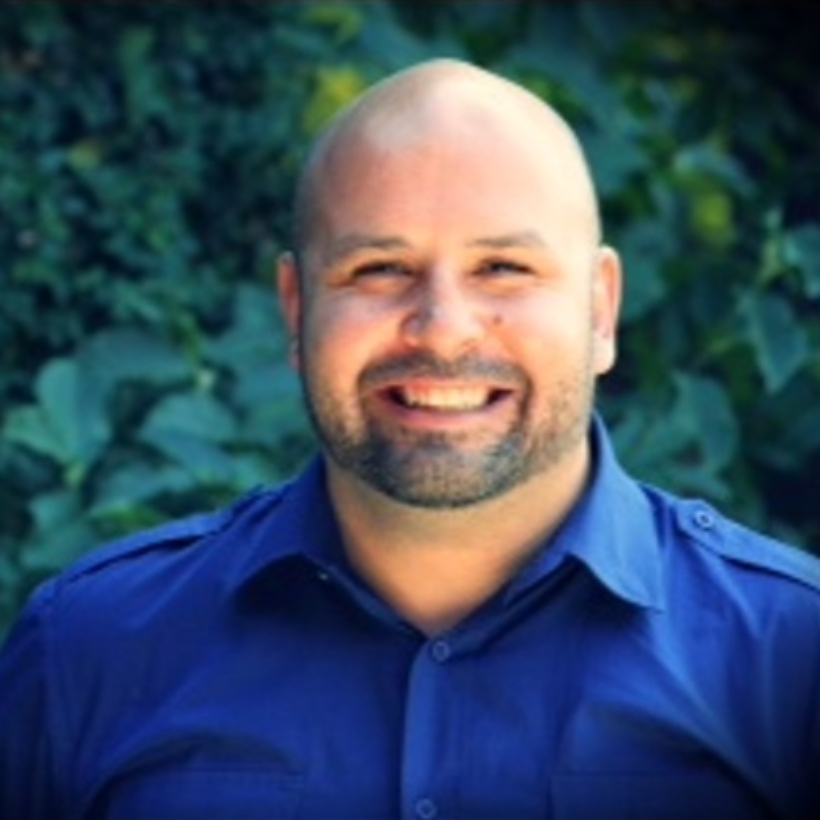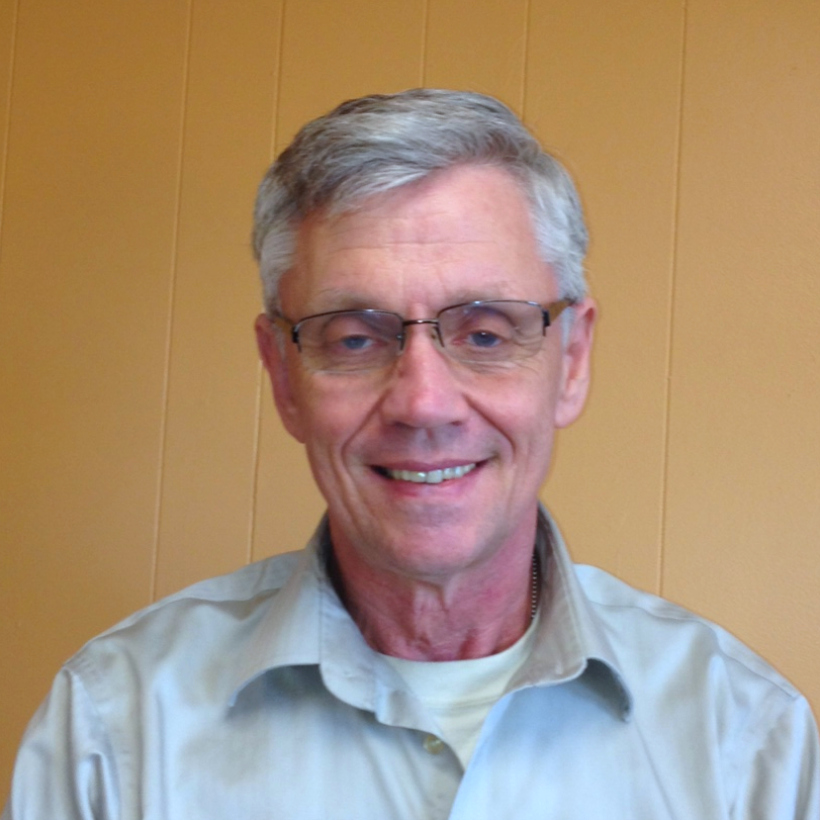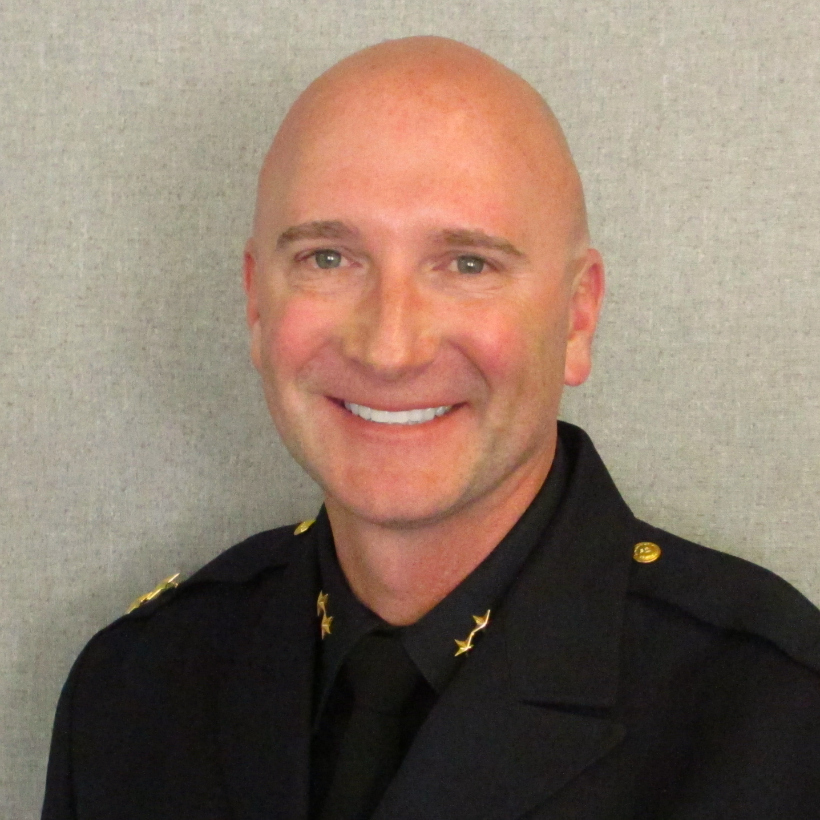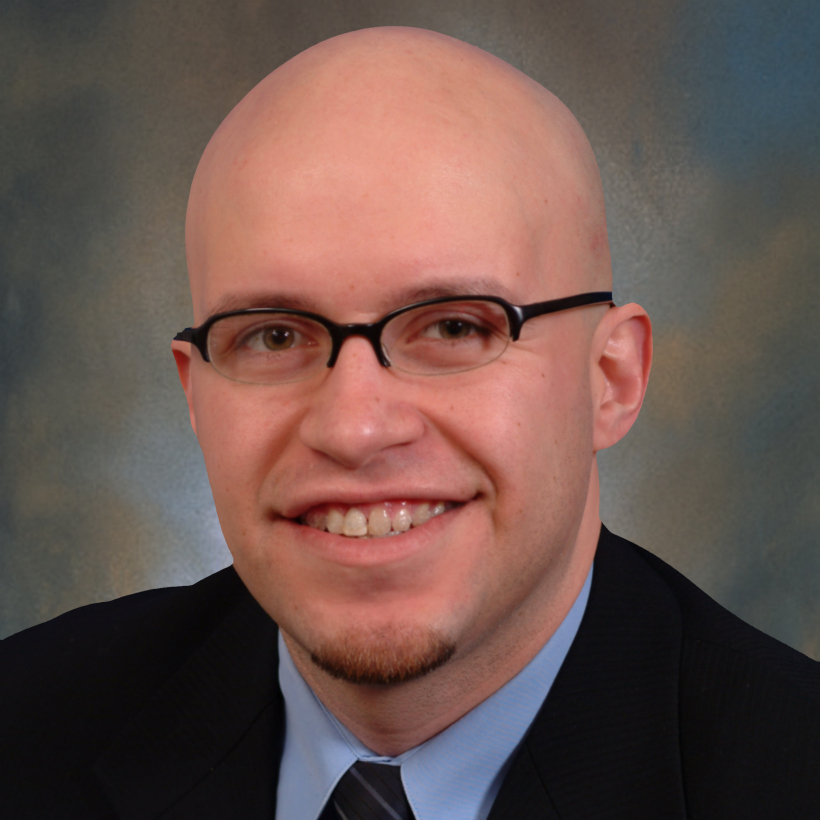Champions of Change Blog
Knocking on Your Door: Community Service in Action
Posted by on April 4, 2012 at 12:36 PM EDT
One can fight City Hall but why fight if we can work towards building it into the City of God?
Community service is one of the most important factors when it comes to bettering society. Through my own experiences and observations, I have come to support and believe in the power of community service.
My experience started in the late 1980s – during this time, our community was struggling with the immense challenge of raising rebellious children amidst the epidemic of drugs and gangs. It would take all of our life savings and possibly a miracle to save our community. Along this journey, I came across a harsh reality, although I may know how to knock on doors for help, no doors existed for us. It was disheartening but I was not going to let anything create a barrier towards saving our children and through faith and love, I set out to create doors that at one time never existed.
Hope in the Midst of Violence, Community Chaplains for Change
Posted by on April 4, 2012 at 12:36 PM EDT It is a privilege and an honor to serve my community and to be named a Champion of Change. I am an Assistant Pastor at Calvary Chapel San Jose, where for eight years I have had the opportunity to work with students, schools, recovering addicts, community service projects and also families in times of loss. I presently serve as a community member of the Mayor’s Gang Prevention Task Force among a remarkable team of dedicated men and women. In our current economy and times of limited resources, I am finding ways to unite and mobilize the faith-based community to reduce and respond to gang violence. To this end, I have partnered with the city to create a volunteer Community Chaplaincy First Response Program.
It is a privilege and an honor to serve my community and to be named a Champion of Change. I am an Assistant Pastor at Calvary Chapel San Jose, where for eight years I have had the opportunity to work with students, schools, recovering addicts, community service projects and also families in times of loss. I presently serve as a community member of the Mayor’s Gang Prevention Task Force among a remarkable team of dedicated men and women. In our current economy and times of limited resources, I am finding ways to unite and mobilize the faith-based community to reduce and respond to gang violence. To this end, I have partnered with the city to create a volunteer Community Chaplaincy First Response Program.In a city of almost one million residents, it is important to see people as individuals and reach them on a personal level. After a gang-related homicide, a Community Chaplain meets with the family of the victim to aid in specific needs and reduce further violence or retaliation. We assist by listening, offering spiritual care as requested, arranging hot meals, and at times participating in funerals. All services are provided by the faith-based community on a volunteer basis on behalf of the city.
The Value of Targeted Prevention Programs
Posted by on April 4, 2012 at 12:25 PM EDT
Police have invaluable data to share with community-based youth organizations. Police Departments can map the times, days and places where crime most occurs as well as the ages and genders of the perpetrators and victims. This data gives community-based organizations like Dorchester Youth Collaborative (DYC) where I work the data we need to provide “targeted prevention” programs for youth.
We have a center that is located in an area designated by the Boston Police department as a violent crime “hot spot”. We are open afternoons, evenings and Saturdays when most juvenile crime occurs. Youth can stop by to talk and get something to eat or participate in activities such as Break and KRUMP dance, sports, acting and community service/leadership. We also have a media arts program where youth learn to create high impact positive media products that address problems they face, such as violence and poverty.
We believe that every youth who lives in a high crime area should have the opportunity to go to a Safe Haven youth center during high crime hours. There is a virtual 100% probability that these youth will be witnesses to violence, victims of violence, and recruited to join gangs. It is normal for teens to join groups. If we don’t organize them, gangs will.
Youth in Action: "Don't Give Up on Youth"
Posted by on April 4, 2012 at 12:10 PM EDT I became a part of the Neighborhood Service Organization’s Youth Initiatives Project (YIP) during my freshman year at Osborn Evergreen Academy in Detroit, Michigan. I was tired of seeing my peers affected by violence and drugs in my community. I wanted to make a difference and in some way, and change attitudes about violence. I heard about youth from YIP who did so much to help their peers. I saw some of them in action at a community forum. They actually enjoyed helping others and they had fun doing it.
I became a part of the Neighborhood Service Organization’s Youth Initiatives Project (YIP) during my freshman year at Osborn Evergreen Academy in Detroit, Michigan. I was tired of seeing my peers affected by violence and drugs in my community. I wanted to make a difference and in some way, and change attitudes about violence. I heard about youth from YIP who did so much to help their peers. I saw some of them in action at a community forum. They actually enjoyed helping others and they had fun doing it.As a YIP member, I became involved with leadership workshops for males at my school. I learned so much about personal responsibility, teambuilding, violence, and much more. I later enrolled into YIP’s Leadership Institute. I was so impressed by the Peer Educators who were involved in training me on how to become a community leader. We became familiar with multiculturalism, community organizing, public speaking, project planning and career development. We also participated in a fieldtrip to the Holocaust Museum in Farmington Hills, Michigan. Because of Neighborhood Service Organization’s help, I was able to get a summer job. I now know the importance of planning for my future and helping others.
The Shift from Enforcement to Prevention
Posted by on April 4, 2012 at 12:01 PM EDT In the late 1980s the City of Salinas, California reached a tipping point with gangs and gang violence. The gang problem, once a considered a nuisance caused by delinquent kids, had evolved to become a community menace. Gang crimes had evolved from tagging walls with gang signs, drinking, and occasionally fighting to major drug dealing and serious firearms violence. Our murder rate crept steadily upward and the good, hard working families in affected neighborhoods became prisoners in their own homes.
In the late 1980s the City of Salinas, California reached a tipping point with gangs and gang violence. The gang problem, once a considered a nuisance caused by delinquent kids, had evolved to become a community menace. Gang crimes had evolved from tagging walls with gang signs, drinking, and occasionally fighting to major drug dealing and serious firearms violence. Our murder rate crept steadily upward and the good, hard working families in affected neighborhoods became prisoners in their own homes.In response, I and several other officers were assigned to the newly formed Gang Suppression Unit. We spent night after night patrolling for gangsters and arresting them for whatever we could, from petty crimes to serious felonies. When violence spiked, we simply put more officers on the streets until some relative calm was restored. While other concerned groups and organizations began forming around prevention and intervention efforts, the community at large saw gangs as strictly a criminal problem, and the response was almost solely a law enforcement one. As gangs became more sophisticated, so too became our enforcement efforts. The Salinas Police Department's gang units grew in size and skill, yet the violence persisted; in fact, it got worse. Between 2006 and 2007, the homicide rate in Salinas doubled from seven to 14 per year, then nearly doubled again in 2008 to 25. In 2009 Salinas experienced 29 homicides in a city of about 150,000 people. And all of them, one hundred percent, were gang-related.
Changing Lives, Inspiring the Future
Posted by on April 4, 2012 at 12:00 PM EDT
Community violence is an extremely personal issue. While I grew up in a supportive environment, my family faced many of the same challenges as other families in the Little Village community of Chicago. As a young boy, two of my uncles died due to gang violence and drugs. I vividly remember my grandmother’s reaction to burying her two boys. I have attended too many funerals where mothers bury their children dubecuase of gang violence. The painful, piercing cry of each mother is seared into my memory; each cry is similar and signifies the unforgiving torture that no mother should have to go through.
I have dedicated my career to addressing gangs and violence amongst other issues confronted by Little Village residents. This community is comprised of almost 100,000 residents and is known as the Mexican-American Capital of the Midwest United States. The economic vitality of the community is the envy of the region. Most recently, Little Village’s main commercial strip, 26th Street, was recognized by Mayor Rahm Emaunel as the “second Magnificent Mile”, second to Chicago’s famed Michigan Avenue. Relatively strong home ownership and employment rates and community cohesion are offset by: challenges to our educational system, gang and drug violence and a lack of resources -- all apparent throughout the community.
- &lsaquo previous
- …
- 120
- 121
- 122
- 123
- 124
- 125
- 126
- 127
- 128
- …
- next &rsaquo
White House Blogs
- The White House Blog
- Middle Class Task Force
- Council of Economic Advisers
- Council on Environmental Quality
- Council on Women and Girls
- Office of Intergovernmental Affairs
- Office of Management and Budget
- Office of Public Engagement
- Office of Science & Tech Policy
- Office of Urban Affairs
- Open Government
- Faith and Neighborhood Partnerships
- Social Innovation and Civic Participation
- US Trade Representative
- Office National Drug Control Policy
categories
- AIDS Policy
- Alaska
- Blueprint for an America Built to Last
- Budget
- Civil Rights
- Defense
- Disabilities
- Economy
- Education
- Energy and Environment
- Equal Pay
- Ethics
- Faith Based
- Fiscal Responsibility
- Foreign Policy
- Grab Bag
- Health Care
- Homeland Security
- Immigration
- Innovation Fellows
- Inside the White House
- Middle Class Security
- Open Government
- Poverty
- Rural
- Seniors and Social Security
- Service
- Social Innovation
- State of the Union
- Taxes
- Technology
- Urban Policy
- Veterans
- Violence Prevention
- White House Internships
- Women
- Working Families
- Additional Issues

